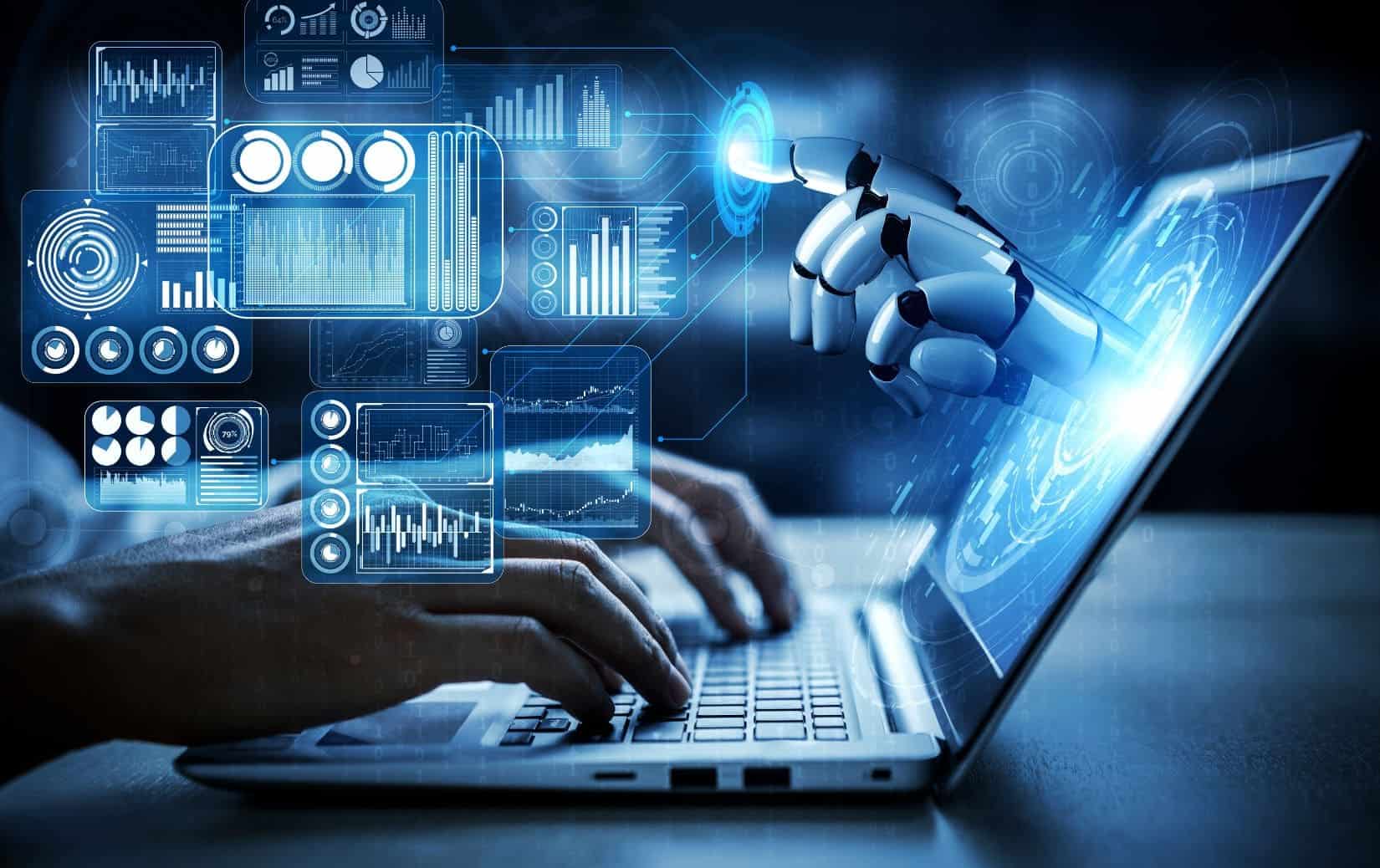Contents
What is AI Automation?
AI automation refers to the integration of artificial intelligence (AI) with traditional automation processes to enhance their capabilities and adaptability. In simpler terms, it combines the decision-making abilities of AI with the repetitive, rule-based tasks typically managed by automation systems. Unlike conventional automation that follows predefined rules or scripts, AI automation systems are designed to learn, adapt, and improve over time.
This merging of technologies allows systems to handle more complex tasks, make informed decisions based on vast amounts of data, and even predict outcomes or identify patterns. The beauty of AI automation lies in its ability to continuously evolve, ensuring that processes remain efficient and up-to-date with changing environments or requirements. Industries ranging from manufacturing to healthcare are finding ways to harness the power of AI automation, unlocking new levels of productivity, precision, and personalization.
In essence, while traditional automation can be likened to a train running on fixed tracks, AI automation is more akin to a car that can choose its path, adapt to road conditions, and even predict upcoming traffic situations. This dynamic capability marks a significant shift in how we view and implement automation in various sectors.
How is AI used in automation testing?
Automation testing, which traditionally relies on predefined scripts to test software applications for flaws, has been significantly enhanced with the introduction of AI. AI testing tools transform the conventional landscape of testing. Here’s how:
- Adaptive Learning: One of the standout features of AI is its ability to learn from data. In the context of testing, AI algorithms can study past test executions and outcomes, refining and improving subsequent testing cycles.
- Adaptive Learning: AI automation testing tools have a stellar ability to learn from data. By analyzing past test runs and their outcomes, these tools refine and improve ensuing testing cycles.
- Visual Testing: The speed at which an AI testing tool can process and analyze UI elements makes it indispensable for visual regression testing. Such tools can detect UI alterations, misplaced elements, or visual inconsistencies that might be overlooked in manual or traditional automated testing. However, AI is commonly used in modern no-code automated testing tools like DogQ.
- Predictive Analysis: By harnessing the power of AI, AI automation testing tools can predict potential software issues, allowing testers to focus their efforts on these highlighted areas.
- Handling Dynamic Elements: Where traditional scripts might falter due to dynamic content or changing UI elements, AI testing tools shine with their adaptability.
- Natural Language Processing (NLP): AI testing tools can comprehend human language, making it feasible to automate tests derived from requirements in everyday language.
- Self-healing Scripts: One of the breakthrough features of AI automation testing tools is their potential to self-adjust scripts, which significantly reduces maintenance efforts.
Incorporating AI into automation testing isn’t just about speeding up processes but enhancing accuracy, adaptability, and coverage. It takes testing from being merely script-driven to becoming intelligent, predictive, and highly responsive to application changes.
Can AI write test cases?
The idea of AI writing test cases isn’t as far-fetched as it might seem, given the rapid advances in AI capabilities. Here’s how AI testing tools are making inroads into this area:
- Understanding Requirements with NLP: AI testing tools can interpret software requirements and draft test cases aligning with them thanks to their NLP features.
- Learning from Historical Data: These tools can scrutinize old test cases, recognize patterns, and thereby generate new test cases for comparable functionalities.
- Dynamic Test Case Generation: AI testing tools can respond to software evolutions by creating new test cases or tweaking existing ones.
- User Behavior Analysis: Monitoring real user interactions allows an AI testing tool to create test scenarios that emulate genuine user behaviors.
While AI has shown promise in generating test cases, it’s essential to understand that the quality and effectiveness of these test cases often depend on the richness of the data the AI has been trained on and the sophistication of the algorithms. Furthermore, human oversight remains crucial. AI can assist and augment the process, but the expertise and intuition of experienced testers are invaluable in ensuring comprehensive test coverage and understanding nuanced scenarios.
Can AI replace automation testing?
The debate about whether AI has the potential to replace various roles and processes, including automation testing, is ongoing. Given the advancements in AI-driven testing, one might wonder if AI can entirely take over. Here’s an exploration of this idea:
- Enhancing, Not Replacing: AI automation testing tools act as supplements that refine automation testing, rather than replace it. The adaptability and predictive prowess they introduce make testing smarter and more intuitive.
- Complexity and Nuance: Despite the potential of AI testing tools, certain software testing intricacies still demand human discernment.
- Collaboration is Key: Effective testing environments meld human testers with AI testing tools, each complementing the other’s strengths.
- The Shift in Skills: The rise of AI testing tools might redefine the skill sets testers need, shifting focus from script-writing to training and interpreting AI models.
- Ethical and Bias Concerns: AI models are as good as the data they’re trained on. Inaccuracies or biases in training data can lead to flawed testing outcomes. Human oversight is necessary to ensure that AI-driven testing is both accurate and ethical.
In conclusion, while AI presents transformative potential for automation testing, it’s unlikely to replace the process entirely. Instead, the future likely holds a symbiotic relationship between AI and human testers, where each amplifies the capabilities of the other, resulting in more robust, efficient, and comprehensive testing outcomes.


